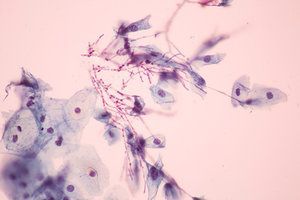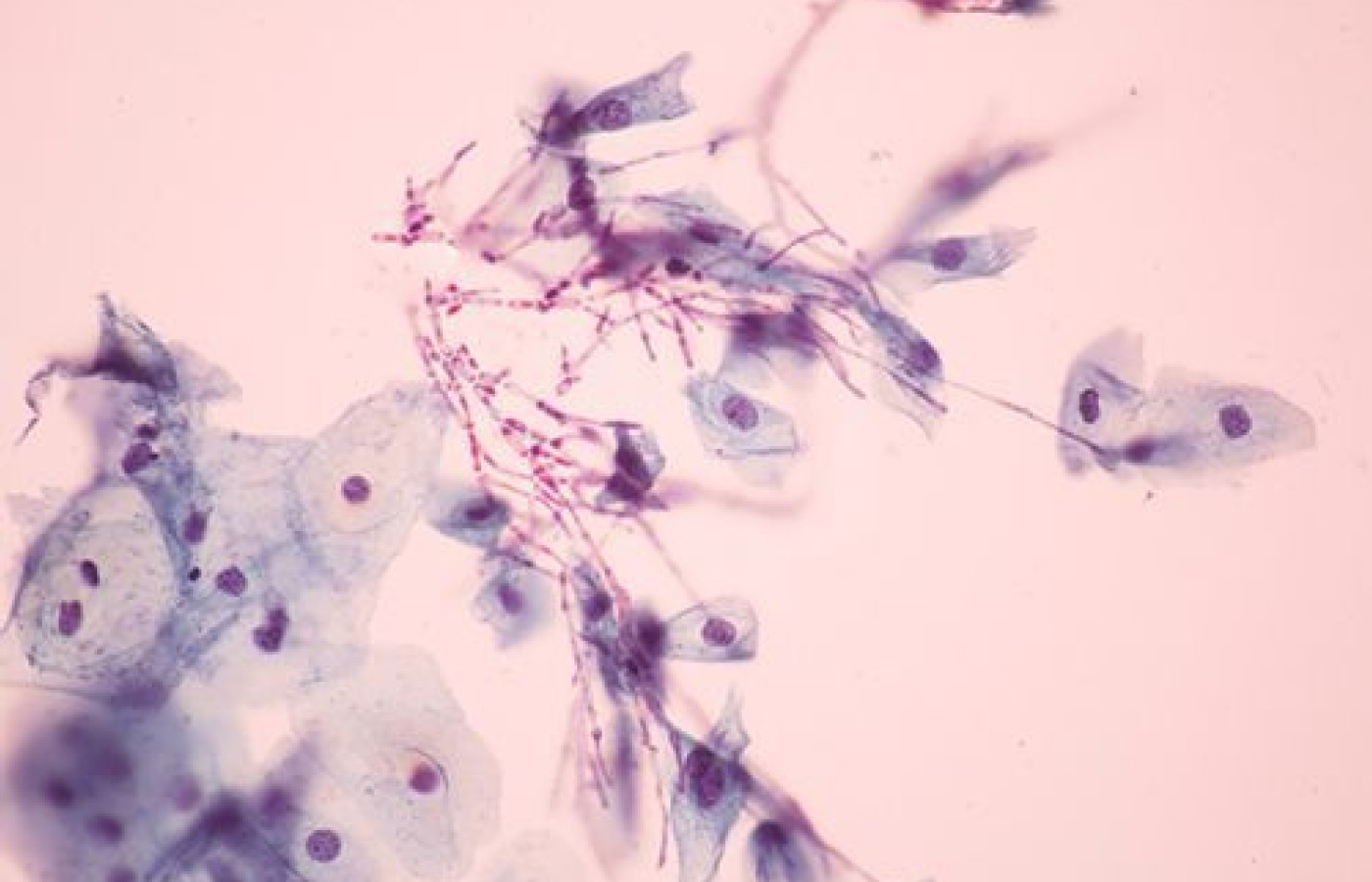Whether you accept it, avoid it or live somewhere in between, insurance coverage has become a defining issue for our profession. Patients increasingly expect to use their benefits, practitioners want to be compensated fairly for their time and expertise, and the system itself remains – at best – fragmented. The encouraging news is that coverage has expanded in meaningful ways. The challenging news is that reimbursement, across the board, remains inadequate.
Natural Protection Against Chronic Candida: The Silent Killer
Candida is a yeast that occurs naturally in the human mouth and intestines. In small amounts, this natural fungus can aid in nutrient digestion and absorption, but an overgrowth can damage the intestinal lining and release toxic byproducts directly into the circulatory system.
If not addressed quickly, Candida overgrowth can become chronic and lead to fungal skin infections, chronic fatigue syndrome, fibromyalgia, autoimmune disease, brain fog, mood swings, vaginal infections, and even seasonal allergies. However, the most damaging aspect of a Candida overgrowth is the fact that it can puncture holes through the intestinal lining.
Due to the nature of yeast, Candida grows roots like a tree as it spreads. These roots can tear through the intestinal wall looking for food, which results in a hyper-permeable intestinal lining, otherwise known as leaky gut. Once the gut becomes leaky, endotoxins from the intestinal lumen, like lipopolysaccharide (LPS) can enter directly into circulation, triggering an innate immune response that often results in subclinical, low-grade inflammation.
LPS is a major component of the cell membrane of gram-negative bacteria, which make up a majority of the microbes in the digestive tract. When these commensal gut bacteria lyse, they release LPS into the intestinal lumen, where it can do little damage to a healthy gut. However, if the mucosal barrier has degraded and the intestinal lining is damaged, LPS can enter directly into circulation, where it can trigger low-grade inflammation anywhere in the body.
Natural Protection Against Candida
One of the best ways to protect the microbiome against chronic Candida and LPS-induced endotoxemia is with a combination of probiotic spores and yeast.1-2 This unique combination has the power to control pathogenic infections, repair intestinal damage, and strengthen the immune system to ward off future infections.

The problem with most probiotics is that they do not effectively survive digestion in order to colonize in the large intestine. However, probiotic spores and yeasts are naturally equipped to survive the harsh gastric passage and enter the intestines completely viable. In fact, bacterial spores are the only strains that have been shown to measurably heal leaky gut.
Probiotic spores were the subject of a university, double-blind, and placebo-controlled trial to evaluate the ability of the product to reduce or prevent leaky gut.3 In addition to assessing changes in endotoxic responses, the researchers also measured transient changes in cardiovascular disease (CVD) risk factors, other novel disease risk biomarkers, and the immune system itself, following a high-fat challenge meal.
Healthy volunteers were screened for an endotoxic response to the challenge meal and enrolled into the study accordingly. The treatment group took the probiotic for 30 days, without any additional interventions or lifestyle changes. After the 30 days, the data showed a clear shift to a protective microbiome and a drastic reduction in endotoxemia. Interestingly, the placebo group experienced an increased endotoxic response to the second challenge meal, suggesting that endotoxemia, or leaky gut, is a progressive condition.
These probiotic spores are likely the most promising therapy for metabolic endotoxemia, as no other probiotics or compounds have demonstrated this effect. Collectively, the findings of this study demonstrate a significant reduction of metabolic endotoxemia, triglycerides, and systemic inflammatory markers IL-6, IL-8, MCP-1, IL-1ß and IL-12 following a 30-day period of probiotic supplementation.
This study is the first to demonstrate that a short-term probiotic intervention can alter dietary endotoxemia in human subjects.
Additionally, though it may seem counterintuitive, Saccharomyces boulardii supplementation also appears to have a beneficial effect on pathogenic fungal overgrowths, such as Candida.4 In a mouse model of colitis, S. boulardii was shown to decrease inflammation and Candida albicans colonization of the intestine.5 S. boulardii is also able to reduce the translocation of C. albicans from the intestinal tract into the lymphatic tissues.6
Furthermore, a prospective study of 181 infants found that prophylactic S. boulardii supplementation was just as effective as nystatin in reducing fungal colonization and invasive fungal infections.7
Clinical Takeaway
These studies further reinforce the understanding that Saccharomyces boulardii, used in combination with Bacillus spores, could be one of the most natural and effective ways to improve gut barrier function and control Candida and other harmful gut infections. If you see patients with fibromyalgia, chronic fatigue syndrome, brain fog, eczema, psoriasis, ringworm, anxiety, depression, mood swings, sugar cravings, bloating, diarrhea, autoimmune disease, or seasonal allergies, consider starting them on a probiotic that harnesses the power of both the therapeutic spores and probiotic yeast.
References
- Hong HA, Duc LH, Cutting SM. The use of bacterial spore formers as probiotics. FEMS Microbiology Reviews, 2005;29:813-835.
- Gua M, Kwang S, Park S. Bacillus subtilis protects porcine intestinal barrier from deoxynivalenol via improved zonula occludens-1 expression. Asian-Australasian J Animal Sci, 2014;27(4):580-586.
- McFarlin BK, Henning AL, Carbajal KM. Oral spore-based probiotic supplementation was associated with reduced incidence of post-prandial dietary endotoxin, triglycerides, and disease risk biomarkers. World J Gastrointest Pathophysiol, 2017 Aug 15;8(3):117-126.
- Tomicic Z, Zupan J, Matos T, Raspor P. Probiotic yeast Saccharomyces boulardii modulateds adhesive properties of Candida glabrata. Med Mycol, 2016;54(8):835-845.
- Jawhara S, Poulain D. Saccharomyces boulardii decreases inflammation and intestinal colonization by Candida albicans in a mouse model of chemically-induced colitis. Med Mycol, 2007;45(8):691-700.
- Berg R, Bernasconi P, Fowler D, Gautreaux M. Inhibition of Candida albicans translocation from the gastrointestinal tract of mice by oral administration if Saccharomyces boulardii. J Infect Dis, 1993;168(5):1314-8.
- Demirel G, Celik IH, Erdeve O, et al. Prophylactic Saccharomyces boulardii versus nystatin for the prevention of fungal colonization and invasive fungal infection in premature infants. Eur J Pediatr, 2013;172(10):1321-6.



